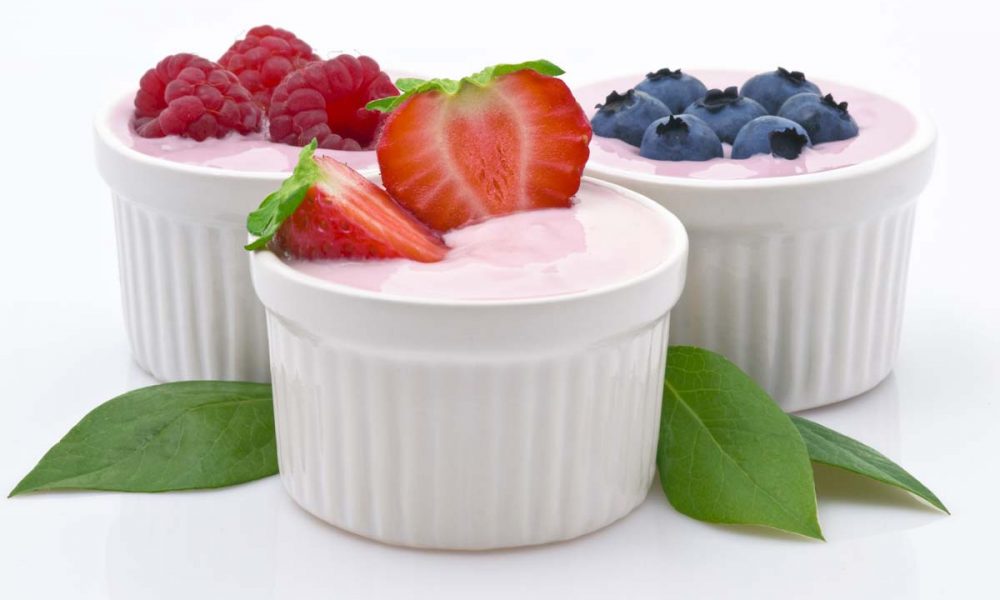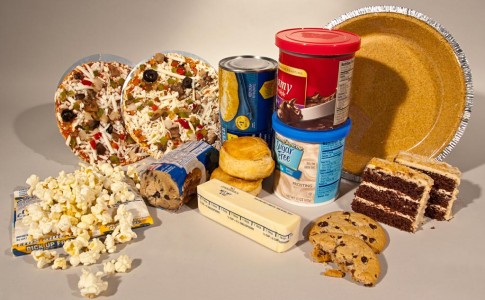Back to school means getting back into a routine that helps students achieve success in the new school year. Start the year off on solid footing by making good nutrition part of your child’s schedule. Multiple studies have shown that good nutrition, improved hydration and proper sleep play a huge role in academic success.
Mary Pat Turon-Findley MS, RD, LD, a clinical dietitian in the Division of Nutrition Therapy at Cincinnati Children’s Hospital Medical Center, says multiple studies have shown that poor nutrition adversely affects school performance and overall achievement.
Because nutrition habits and food choices can change during the summer months, parents should start to prepare before the school year begins. Parents are encouraged to reboot good eating habits, hydration and sleep habits at least a week prior to school starting.
Turon-Findley says that the best way parents can help their children nutritionally is by making sure they have a healthy morning meal. Even though the meal is called “breakfast” it doesn’t mean breakfast foods must be eaten. The goal is to have your child eat a variety of nutrient rich foods, such as high-fiber, nutrient rich grains, fruits and dairy/dairy substitute products. Not only is it important to eat breakfast everyday but parents should consider the quality of the foods offered at breakfast. The following are some ideas parents can try:
• Fiber rich and whole-grain cereals with low fat milk
• Yogurt and berries with low fat granola
• Whole wheat Toast, eggs and piece of fresh fruit
• Whole wheat bagels and cheese or eggs with low fat milk
• Peanut Butter and Jelly sandwich with low fat milk
• Grilled Cheese sandwich with 100% fruit juice
• Whole Wheat Waffles or pancakes with fruit and low fat milk
Turon-Findley says parents need to make sure their children have a healthy lunch, too. Many studies have shown that children who eat healthy, balanced breakfasts and lunches aren’t just more alert throughout the day, they also earn better grades than those who don’t eat healthy. Eating a balanced lunch also improves a child’s ability to concentrate in afternoon subjects and decreases their chances of overeating and making unhealthy choices at there after school snack. Many children do not drink enough water and should be encouraged have water along with meals and snacks.
Turon-Findley gives the following tips to parents on how to ensure healthy nutrition for your kids:
1. Use myplate.gov
Follow the guidelines by making half the lunch fruits and vegetables, and at least half the grains whole grain. Remember to go easy on fats and sweets and always include a lean source of protein and low fat dairy.
2. Include variety to avoid pickiness
Beat boredom with different foods. Instead of regular bread every day, make sandwiches using pitas, bagels, English muffins, crackers or tortillas. Include a variety of colors every day to make the food more appealing to the eye. Children may be more willing to eat foods of their favorite colors, shapes or sizes.
3. Ask your kids to get involved
Discuss healthy food options with them and how they can take responsibility of packing their own lunch. Set a family goal to shop on the weekends and complete as much prep work with fruits and vegetables. Meal planning and preparation is a great way to get kids involved and educated about why nutritious meals are so important.
4. Make it easy
Pack easy-to-eat fruit, such as grapes, apple wedges, strawberries or chunks of melon. Include a dipping sauce made of yogurt or peanut butter to make this healthy meal fun and easy.
5. Be careful about what children drink
Even 100 percent juice is loaded with sugar. Encourage children to drink low-fat white milk, or plain or sugar-free flavored water. Children should avoid drinks containing added supplements like herbs and caffeine. When you’re out school shopping offer to buy your child a special water bottle that will motivate them to choose more nutritious beverages.
6. School lunches are a nutritious option
Even if you decide to pack a lunch for your child, the school lunch program can be a great supplement to food brought from home. For example, buying a cheese stick and milk at school ensure lower the risk of spoilage in a brought from home lunch bag. Check out the menus from your child’s school to learn what is being served for lunch.
7. Plan for your kids activities
Pack plenty of fluids and easy-to-eat snacks for kids who have sports or other activities after school. Performance is improved and injuries reduceed with kids who have proper nutrition and hydration.
SOURCE: Cincinnati Children’s Hospital Medical Center





No comments